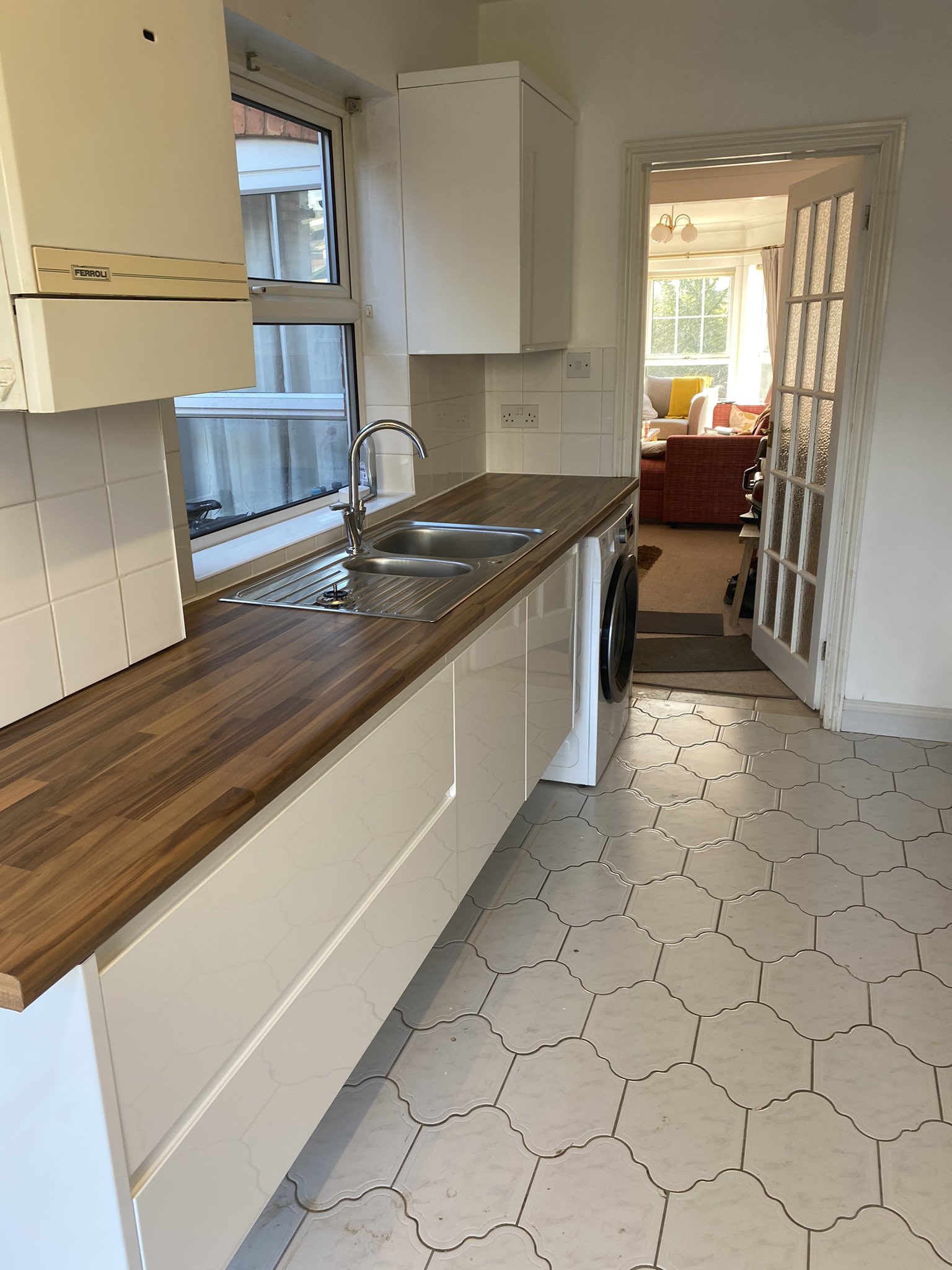“Please Don’t Make It Worse”: PRESS RELEASE
Flood Resilience Campaigner Calls for a New Code of Community Kindness During Flood Events

Let’s start with the kitchen. On average, people change their kitchens every seven years (if only!). While most floods in the UK are shallow, they can still cause untold damage. However, with some clever design choices, you can make your kitchen more flood recoverable. Here are a few suggestions:

For more design ideas, check out this kitchen booklet: Flood Resilient Kitchen Design.
Incorporating these flood-resilient features into your home improvements can help protect your property and belongings, all while maintaining the look and feel you desire.
There are more design ideas in a kitchen booklet on this link: https://floodmary.com/wp-content/uploads/2024/05/FM_KitchenBookletA5_16pp_HOUSEHOLDERS_online.pd
This blog has been written for the RAIN project (Resilience and Innovation Northants) https://rainnorthants.co.uk/

Copyright 2024, Mary Long-Dhonau